Flying Cars Concept: The Future of Mobility
In the not-so-distant future, our daily commute might involve more than just navigating congested roads. Imagine a world where cars take to the skies, bypassing traffic jams and seamlessly transitioning from road to air.
This exciting vision is the promise of the Flying Cars Concept – a concept that has captured our collective imagination for decades. The Flying Cars Concept represents a bold leap into the future of transportation, offering a glimpse into a world where cars become airborne vehicles.
Read ALL New Electric SUVs Coming in 2024
With advancements in technology and engineering, the Flying Cars Concept is closer to becoming a reality than ever before. As we continue to explore the possibilities of the Flying Cars Concept, we envision a future where commuting becomes faster, more efficient, and even more exhilarating.
Read ALL New LUXURY Electric Cars Coming in 2024
Whether it’s for daily travel or special occasions, the Flying Cars Concept has the potential to revolutionize the way we think about transportation.
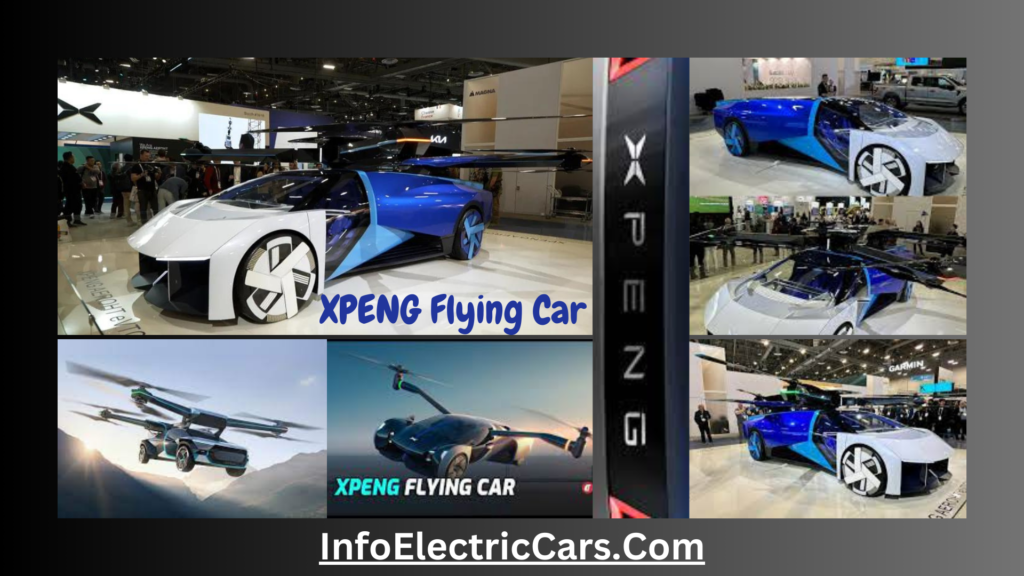
The Rise of Vertical Takeoff & Landing (VTOL) Craft
Vertical takeoff and landing crafts (VOTLs), commonly known as flying cars, are gaining traction and becoming more mainstream.
Unlike traditional commercial aircraft, these automobiles are compact, equipped with fixed wings, rotors, and folding mechanisms.
Their unique design allows them to propel forward on the ground and smoothly transition into flight mode.
Read All New EVs Coming to America in 2024
Alef Aeronautics: Flying Cars Concept
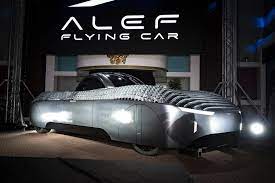
One company at the forefront of this revolution is Alef Aeronautics. Founded in 2015, Alef has been working tirelessly to turn the flying car dream into reality.
Their first full-size prototype, the Model A, combines road-legal functionality with aerial capabilities. Let’s delve into the details:
- Model A Specifications:
- Passenger Capacity: Designed for two occupants.
- Driving Range: Impressive 200 miles (322 km) on the road.
- Flight Range: Covers 110 miles (177 km) in the air.
- Appearance: Sleek and compact, resembling a regular car.
- Takeoff: Requires no runway; vertical takeoff is possible.
- Parking: Fits into a traditional parking space.
- Innovative Design:
- Alef’s proprietary technology allows the Model A to transform mid-flight. Imagine doors converting into wings, turning the car into a biplane. This radical approach aims to revolutionize the everyday commute.
- Challenges Ahead:
- Despite progress, several hurdles remain. Some necessary components do not yet exist, such as highly specialized propeller motor systems.
- Size, weight, and cost constraints will determine when these vehicles become widely available and safe for public use.
Read 35 New Electric Cars & Trucks Coming in 2024
FAA Approval & Pre-Orders
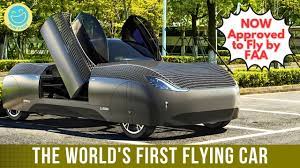
On June 12, 2023, a significant milestone was achieved: the Federal Aviation Administration (FAA) granted a Special Airworthiness Certificate to Alef’s flying car model. This certificate allows the vehicle to fly in limited locations for exhibition, research, and development.
While the Model A is not yet a common sight, its recognition by the FAA marks a turning point in the future of air mobility.
Read TOGG Unveils New Electric Sedan at CES 2024
The Price Tag & Beyond
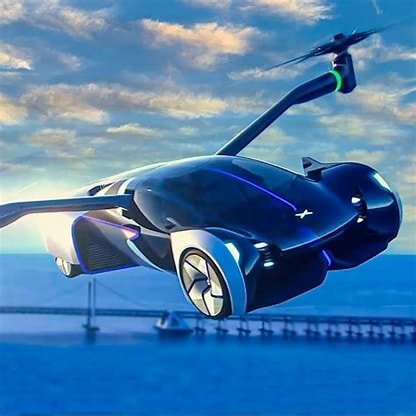
The Model A is currently available for pre-order at a price of $300,000. Alef aims to begin manufacturing by 2025 or early 2026, with the eventual goal of scaling the cost down to $35,000 per vehicle.
As technology advances and challenges are overcome, flying cars may soon become an integral part of our urban landscape.
Read Top 30 Electric Crossovers (Tesla Model Y Rivals)
How Does Flying Cars Concept Work?
Flying cars, also known as Vertical Takeoff and Landing (VTOL) vehicles, operate at the intersection of automotive engineering and aviation. Let’s dive into how these futuristic vehicles work:
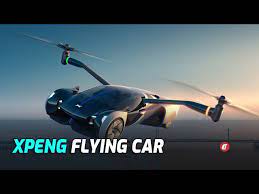
Hybrid Design:
- Flying cars combine features of both traditional automobiles and aircraft. They are designed to function seamlessly on roads and in the air.
- The hybrid design includes:
- Wings or Rotors: Flying cars have wings or rotors that provide lift during flight. These can be fixed or foldable.
- Propulsion Systems: Electric or hybrid propulsion systems power the vehicle. Electric motors drive the wheels on the ground and the rotors or propellers in the air.
- Transition Mechanisms: To switch between ground and flight modes, flying cars use innovative mechanisms. Doors may become wings, and wheels may retract during takeoff.
Read 15 Electric Cars TESLA Can’t Beat
Vertical Takeoff & Landing (VTOL):
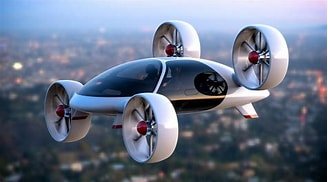
- VTOL capability is crucial. Unlike airplanes that require runways, flying cars can take off and land vertically.
- During takeoff, the rotors or propellers provide upward thrust, lifting the vehicle off the ground.
- For landing, the vehicle descends vertically, similar to a helicopter.
Energy Source:
- Most flying cars use electric power. Batteries provide energy for ground travel and short flights.
- Some models incorporate hybrid systems, combining electric and internal combustion engines.
Read Are Electric Cars Better for the Environment
Flight Control & Navigation:
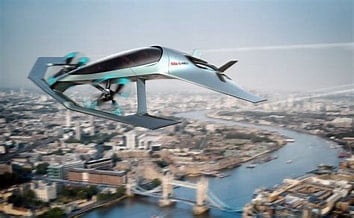
- Advanced avionics and flight control systems ensure safe operation.
- GPS navigation assists pilots in choosing optimal routes and avoiding obstacles.
Certification & Regulations:
- Flying cars must meet aviation safety standards. Regulatory bodies like the Federal Aviation Administration (FAA) evaluate their airworthiness.
- Certification involves rigorous testing, including flight trials.
Challenges & Future Prospects:
- Overcoming technical challenges such as noise reduction, battery efficiency, and safety.
- Infrastructure development: Building landing pads and integrating flying cars into urban landscapes.
- Public acceptance and regulatory frameworks.
In summary, flying cars represent a bold leap toward a more efficient and interconnected transportation system. As technology advances and regulatory hurdles are cleared, we may soon witness these vehicles soaring above our cities. 🚗✈️
Read Explore the Top Electric Car Brands in the USA
How Long Will It Take for Flying Cars to Become Mainstream?
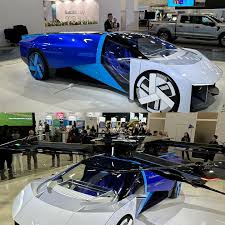
The dream of flying cars has tantalized us for over a century, fueled by visions of individual freedom and seamless mobility. Let’s explore the journey of flying cars and their path toward mainstream adoption:
Early Dreams & Attempts:
- As early as 1856, French sea captain Jean-Marie Le Bris flew a horse-drawn glider, sparking the archetype of flying carriages.
- Inventors like Glenn Curtiss and Sherman Fairchild made attempts in the 20th century, but obstacles persisted1.
- Fictional portrayals in movies and TV shows (think Chitty Chitty Bang Bang and The Jetsons) further fueled our fascination.
Read Breaking News: Switzerland Banning Electric Cars
Historical Milestones:
- In 1934, the US Bureau of Air Commerce launched a contest for an affordable family airplane, akin to an “airplane in every garage.”
- Dr. Paul Moller’s circular VTOL aircraft, the Moller XM-2, made waves in the 1960s and 1980s.
Recent Developments:
- Promising advancements in aviation technology and engineering suggest that flying cars may soon become a reality.
- Some tech companies predict commercial availability as early as 2024, but regulatory challenges remain.
Obstacles & Hurdles:
- Regulations: Managing air traffic for flying cars poses unique challenges. Coordination with existing air traffic control systems is essential.
- Infrastructure: Building landing pads and integrating flying cars into urban landscapes.
- Safety: Ensuring safe operation and addressing technical issues.
The Future Outlook:
- While we’re not quite at the point of a flying car in every driveway, progress is accelerating.
- Keep your eyes on the horizon—flying cars may soon transform our daily commute and redefine mobility! 🚗✈️
Read How Do Electric Cars Work? Its Parts & Functions
How Much Will a Flying Car Cost?

The cost of flying cars can vary significantly based on factors such as technology, features, and brand. Let’s explore the different price points:
Alef Aeronautics’ Model A:
- The Model A, the first flying electric car approved by the Federal Aviation Administration (FAA), is available for pre-order.
- It is priced at approximately $300,000.
- Key features include:
- 100% electric.
- Drivable on public roads.
- Vertical takeoff and landing capabilities.
- Low-Speed Vehicle (LSV) mode for road travel (up to 25 mph) and flight mode for faster routes.
Read Explore the Top Electric Car Brands in the USA
Other Flying Car Estimates:
- While the Model A falls in the mid-range, other flying cars may have different price tags:
- Some models could be available for less than $100,000.
- However, more advanced and luxurious options might cost well over $1 million.
- Keep in mind that additional costs, such as insurance, licensing, storage, and fuel, contribute to the overall expense.
The Dream of Affordable Flying Cars:
- As technology evolves and production scales up, we hope to see more affordable flying cars in the future.
- For now, the price remains a significant barrier, but the allure of personal air travel continues to captivate our imaginations! 🚗✈️
Buy On Amazon
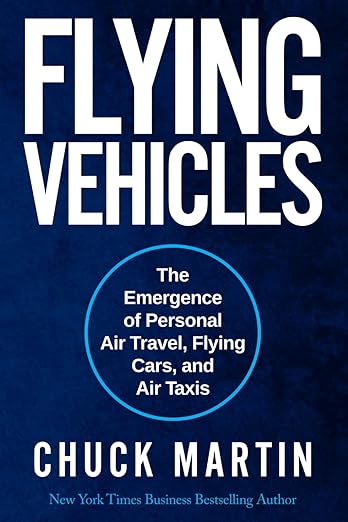
Flying Vehicles: The Emergence of Personal Air Travel, Flying Cars, and Air Taxis
Flying Vehicles
The business world is experiencing yet another transformation, in this case, relating to the movement of people and things. The electric aerial vehicle revolution is about to transform personal and business travel, transportation, logistics, and supply chains in a new world of advanced air mobility (AAM).
This electric flying phenomenon is inventing personal aerial travel, flying taxis, new first responder capabilities, and self-flying vehicles, enabling millions of consumers around the world to take to the skies just as they adopted road travel decades ago.
This emerging technology is about transporting people and things differently than in the past and creating efficiencies to travel to locations previously out of practical reach.
In this fast-paced and quick-read book, NY Times Business bestselling author Chuck Martin details what every businessperson or tech enthusiast needs to know about the electric aerial revolution.
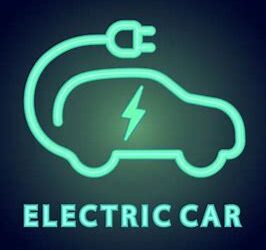
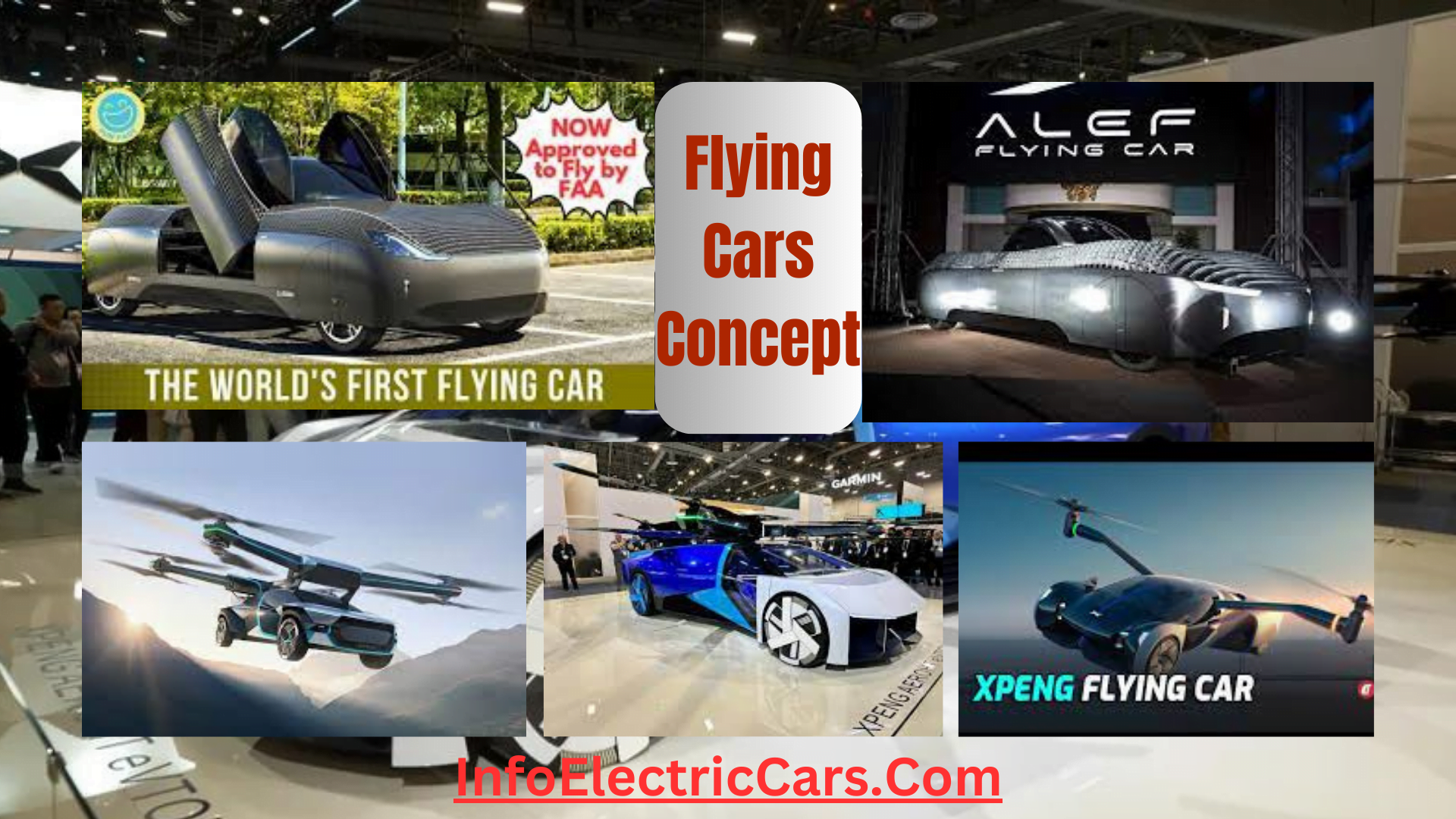
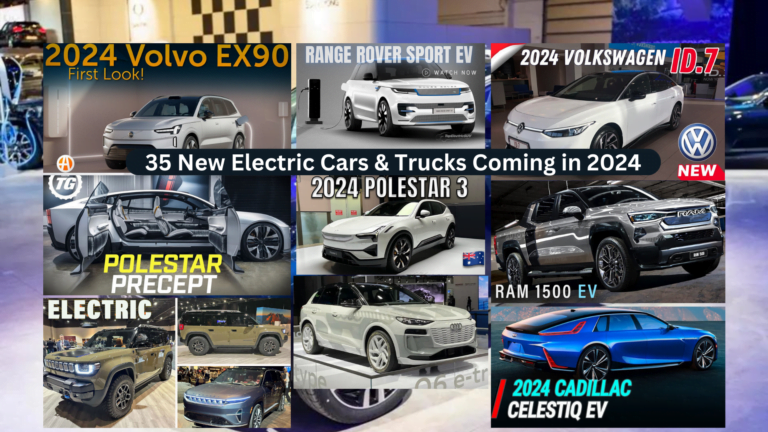
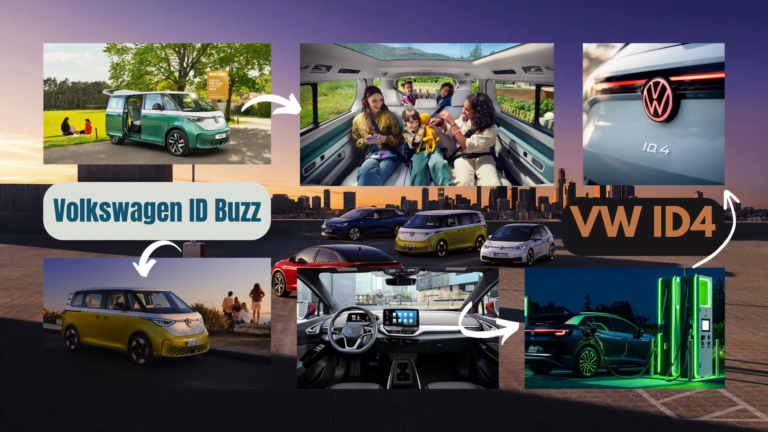
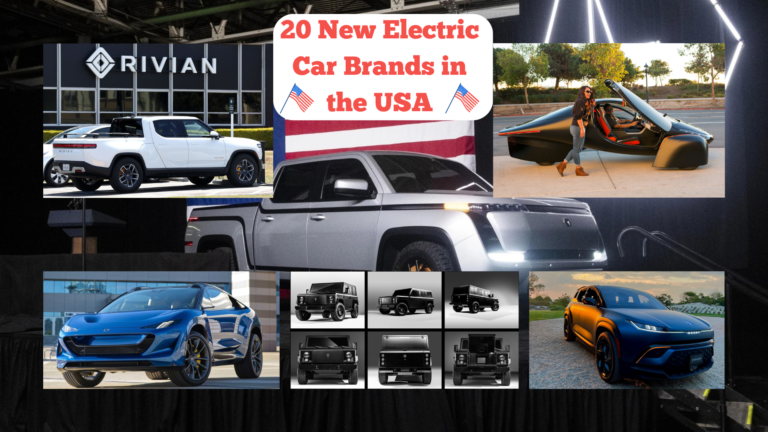
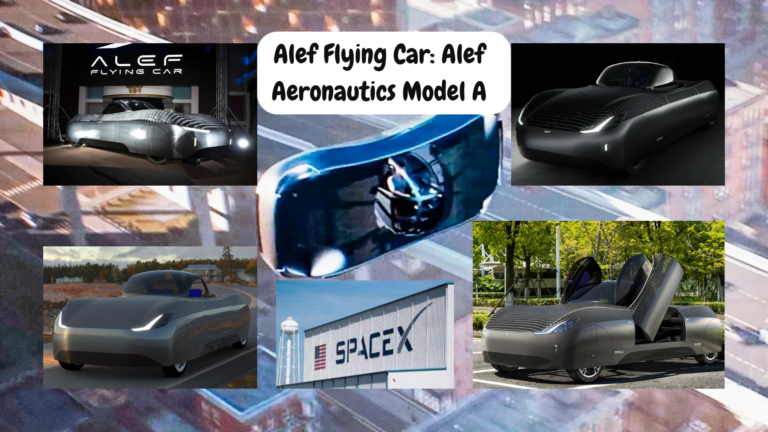
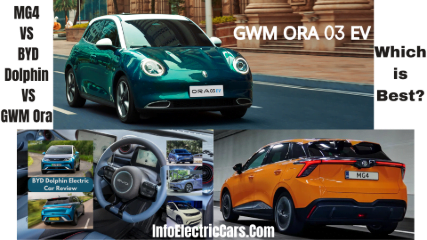
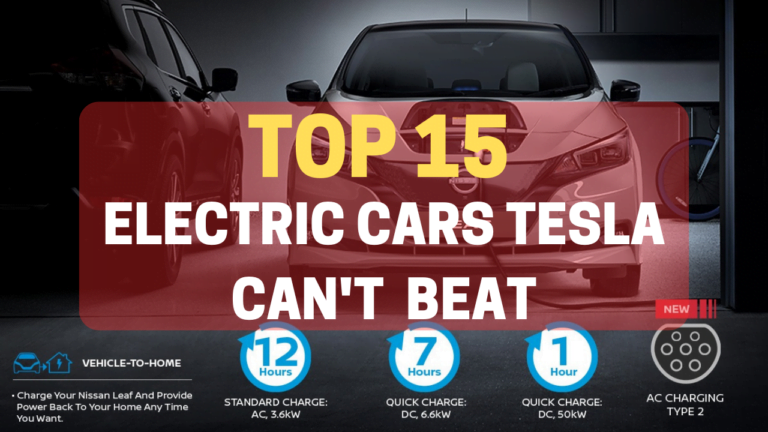
Nice 👍